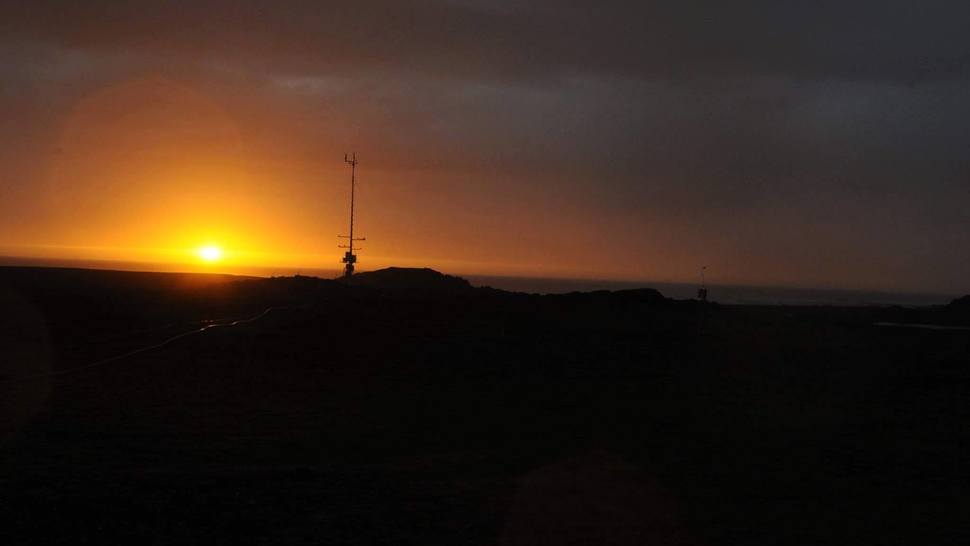
Polar night and midnight sun - one year in the Arctic
On 29th of October we could observe the last sunset this year at the Polish Polar Station in Hornsund. After around two weeks of civil twilight we entered a period of continuous night, which will last until the end of January, with first apparent sunrise taking place on 12th February.
- Why does length of day and night depend on latitude?
- How dark is polar night at different locations within the Arctic Circle?
- What do reindeer have in common with the Earth’s rotation angle?
We will answer these questions during the lesson broadcast from the Polish Polar Station, covering rotational and orbital motion of Earth and their consequences, with focus on high latitudes.
29. października mogliśmy zaobserwować w Polskiej Stacji Polarnej w Hornsundzie ostatni zachód Słońca w tym roku. Po około dwóch tygodniach zmierzchu cywilnego wkroczyliśmy w okres ciągłej nocy, który potrwa do końca stycznia, zaś pierwszy wschód Słońca będzie mieć miejsce 12. lutego.
- Dlaczego długość dnia i nocy zależy od szerokości geograficznej?
- Jak bardzo ciemna jest noc polarna w różnych miejscach wewnątrz koła podbiegunowego?
- Co łączy renifery z kątem nachylenia osi obrotu Ziemi?
Na te pytania odpowiemy podczas lekcji transmitowanej z Polskiej Stacji Polarnej, dotyczącej ruchu obrotowego i obiegowego Ziemi oraz ich następstw, ze szczególnym uwzględnieniem dużych szerokości geograficznych.
